Existing members of Apple's iPhone Developer Program can login and download the new SDK, which includes an iPad simulator for testing new apps under development.
The site also presents an iPad Programming Guide that "introduces new features available for iPad and how to implement those features in your applications," as well as new iPad Human Interface Guidelines.
Apple says the new user interface guidelines outline "how to effectively use the new views and controls available to you to deliver unforgettable applications to your customers."
The SDK also includes new example code projects that "provide an example of how to accomplish a task for a specific technology."
Apple is also launching a new Universal Application binary format for iPhone OS apps that allows developers to deliver a single app that can take full advantage of the features of the iPhone, iPod touch, and iPad. This essentially wraps iPhone and iPad code into the same app package for easy distribution and management.
 Prince McLean
Prince McLean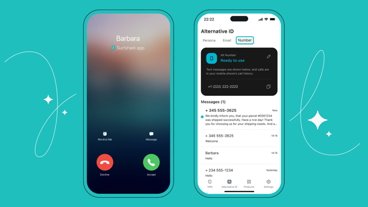

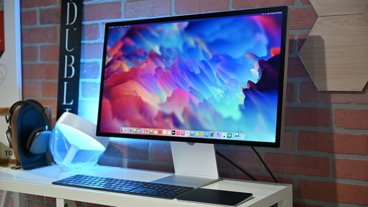
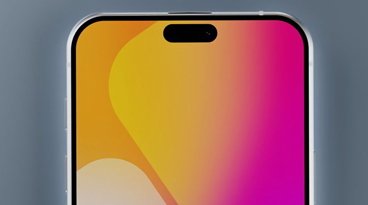

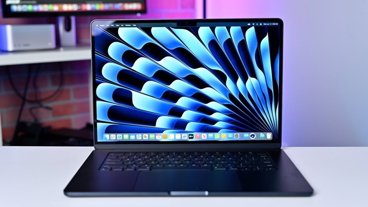
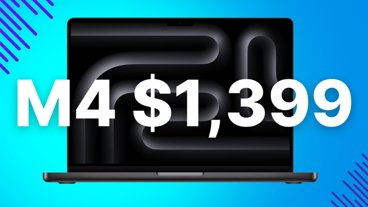

 Wesley Hilliard
Wesley Hilliard
 Malcolm Owen
Malcolm Owen
 Amber Neely
Amber Neely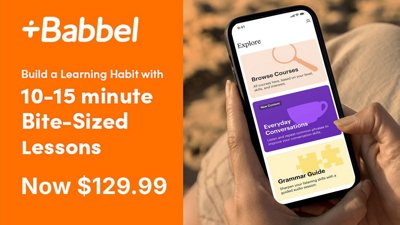
 Christine McKee
Christine McKee
 Andrew Orr
Andrew Orr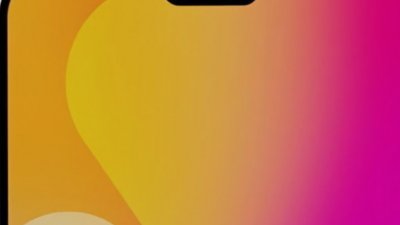
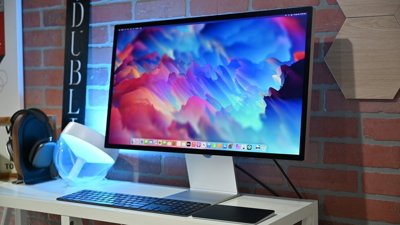
 Mike Wuerthele and Malcolm Owen
Mike Wuerthele and Malcolm Owen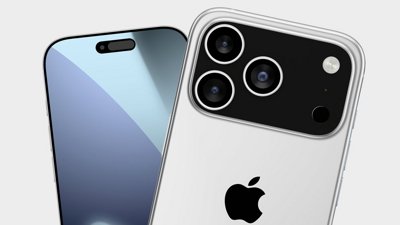
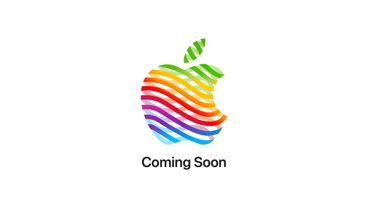




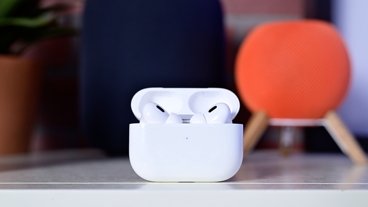




42 Comments
nothing exciting..
nothing exciting..
I disagree. This is the beginning of big things.
Apple is also launching a new Universal Application binary format for iPhone OS apps that allows developers to deliver a single app that can take full advantage of the features of the iPhone, iPod touch, and iPad. This essentially wraps iPhone and iPad code into the same app package for easy distribution and management.
Good luck with that. I can see iPhone apps scaling up for the iPad, but I expect the better made iPad apps to not be transferable to the iPhone.
What the hell? Universal binary for the same greater and lesser featured app for iPad and iPhone? I didn't even think that is possible...
Good luck with that. I can see iPhone apps scaling up for the iPad, but I expect the better made iPad apps to not be transferable to the iPhone.
I think they mean to wrap both versions of the app into one wrapper, not expect the app to work on both platforms unchanged.
I'd bet that this is the case with all the Apple iPad apps. I don't see them writing a mail client for each device, nor is it a good strategy to take.
Eventually, the ideal would seem to be two streams, OS-X "desktop" and OS-X "mobile." You would want the OS-X mobile apps to work on any and all mobile devices (irrespective of screen size and other things), and to reconfigure themselves depending on the device they are running on. So Facebook's app is just Facebook's app and it reconfigures itself for the iPad when it's running on one, spreading out to include more real estate, features etc. Same with all the others.
This makes a huge amount of sense IMO.